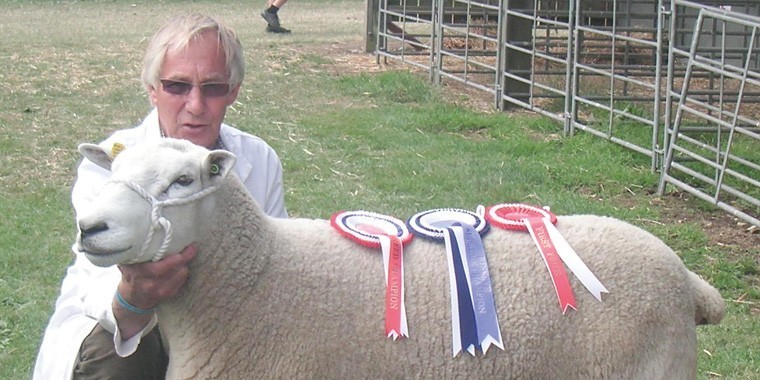I said a while ago that I would report back on some of the key elements of the sheep breeders round table entitled “Get better or get gone,” which took place in Nottingham at the end of November.
But before I do, a couple of quotations from the New Zealand high commissioner and farmer Sir Lockwood Smith in a recent interview: “Once subsidies were wiped we started to see the uptake of technology again.” And: “ In tough times, New Zealand farmers focus on innovation, on knowledge and information coming out of the marketplace, so they can plan a strategy. They work with their financiers, with technology and reduce their costs to manage the situation… When times get tough in Europe we see protests outside parliaments. Farmers turn to politicians.”
So what have those quotes got to do with “Get better or get gone”? In reality, more than many of us would care to admit. Some of the first sessions at the three day event dealt with progress that has been made with Signet recording schemes, which over the years have made a significant contribution to the genetic improvement of the national flock, which has added value to the tune of some £10.7 million. But the overriding message that came through from both Signet and members of the scheme was that most commercial producers were simply not engaging, even though as producers and levy payers they make a significant contribution towards the costs of the schemes. The key problem was that too many commercial buyers of rams were making their purchasing decisions based almost entirely on cosmetics with little or no regard to performance figures and estimated breeding values, in spite of the added value that these can bring to any flock.
Another thing that stood out was that maybe we, as sheep producers, are just becoming a little too complacent in the UK. We regard ourselves as one of the big global players in sheep and sheep meat production, but in terms of the uptake of technology a lot of other countries are moving ahead of us. Norway for example has a national flock of about 700,000 ewes in an average flock size of 55 ewes, albeit heavily subsidized, and is making rapid genetic progress in regional ram breeding groups. In particular their employment of vaginal artificial insemination in sheep, using frozen semen (often regarded as being so ineffective in the UK with success rates often in single figures), regularly achieves success rates of 70%. Even the United States, where sheep producers have a very low profile, they seem to be moving forward in the use of recording schemes and genomic evaluation.
There is some very good work being done in terms of sheep related research in the UK: the problem does seem to be uptake. One area that I found of particular interest, was work being carried out at the University of Glasgow vet school, investigating the genetics of the differing immune responses in sheep to worm infestation and the availability, as a breeding selection tool, of a simple saliva test to identify the most positive response and, more importantly, at a sensible price to producers.
It was really good to hear several younger speakers speaking about how they were introducing new ideas on their farms, many imported (and adapted if required) from New Zealand – ideas aimed mainly at both improving the efficiency of production and driving down production costs, with a focus very much on profitability not performance. These are two things which many regard as going hand in hand, but all too often it is the contrary. One recurring topic among the younger speakers was the use of all grass wintering, often using short term paddocks, something that may be particularly relevant this year with the grass growth that we have enjoyed going into the winter.
I won’t go on any more about the round table: for those that are interested the papers presented at the event and a lot of other very useful information are available on the National Sheep Association (NSA) website: at the home page just click on the round table. On the subject of the NSA, the NSA South East region are having their annual meeting at the University of Surrey’s new veterinary school, on Wednesday 17 February 2016 beginning at 13.30pm. Look out for more details next month or contact Bob Blanden.
One positive note: the last store lamb sale in Ashford (18 December) saw average prices climb to in excess of £60, a significant £4 to £5 increase on the previous week, a sign of increased confidence due, in part no doubt, to the steady increase in the strength of the euro over the past week or so.
To finish a little conundrum that did not come out of a Christmas cracker: a friend texted me a little while ago having been into a local supermarket beginning with W: “English fresh lambs liver £4.99 per kg…New Zealand frozen lambs liver £5.25 per kg, how come?”




